Quite often, when I have a meeting scheduled with a Chinese person, I don’t know their gender in advance, because I can’t guess it from their name.
This just adds to the fun, but I had assumed this was simply because I was an ignorant westerner. It appears, though, that it is in general more of a challenge in Chinese than it is in some other languages, and fortunately there are technical solutions to help you out if you need to know, based on the statistical usage of certain Chinese characters in male and female names.
A nice way to play with this, for any language, is to construct a URL of the form:
http://api.namsor.com/onomastics/api/json/gender/<firstname>/<lastname>/
and you’ll get back a JSON string telling you, for example, that Jean Renoir is probably male, while Jean Smith is probably female. There’s a -1..+1 scale showing the confidence.
If you know the country, you can add the ISO code on the end, so it will tell you, for example, that Jean Smith is rather likely to be male if he/she comes from France:
http://api.namsor.com/onomastics/api/json/gender/Jean/Smith/fr
Quite fun.
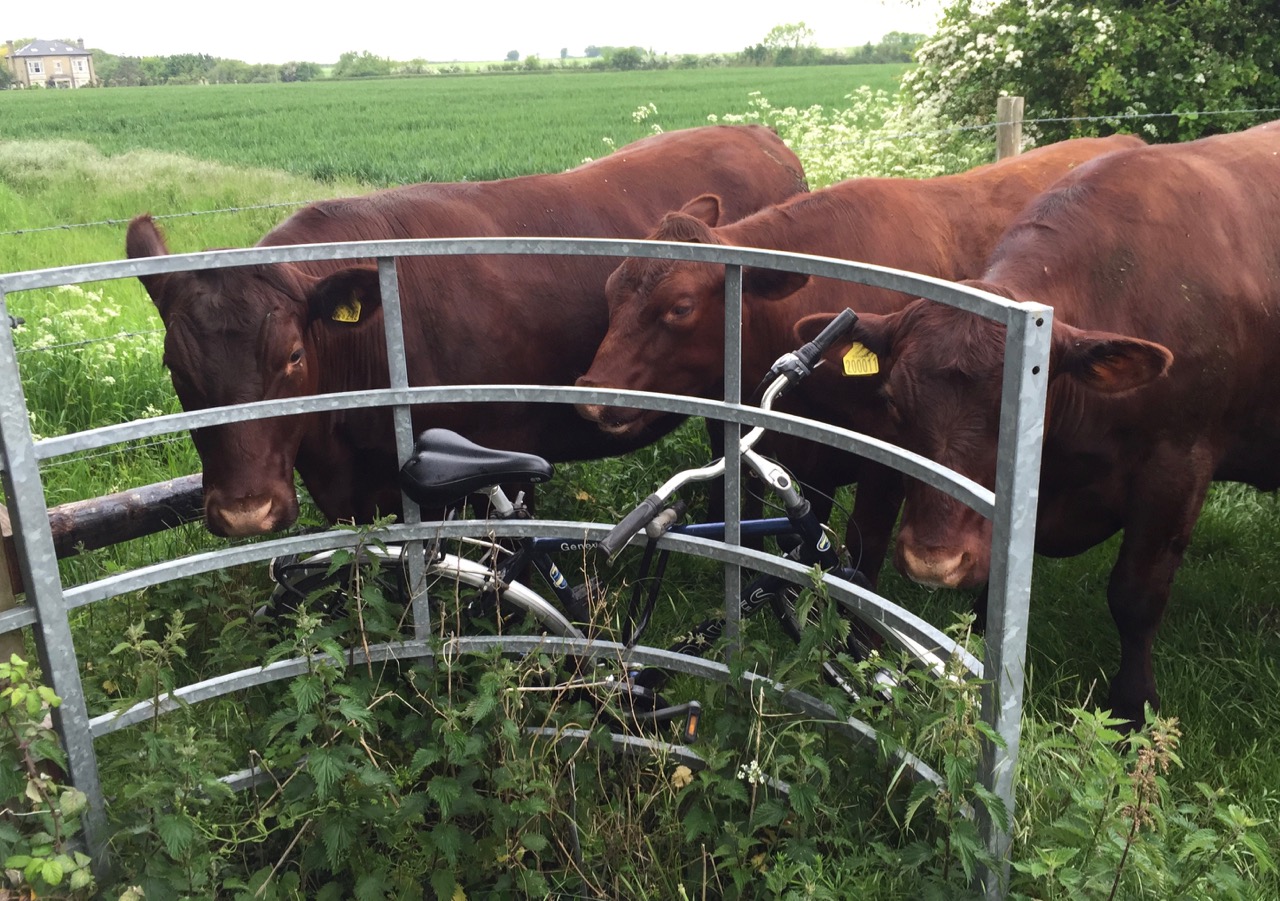
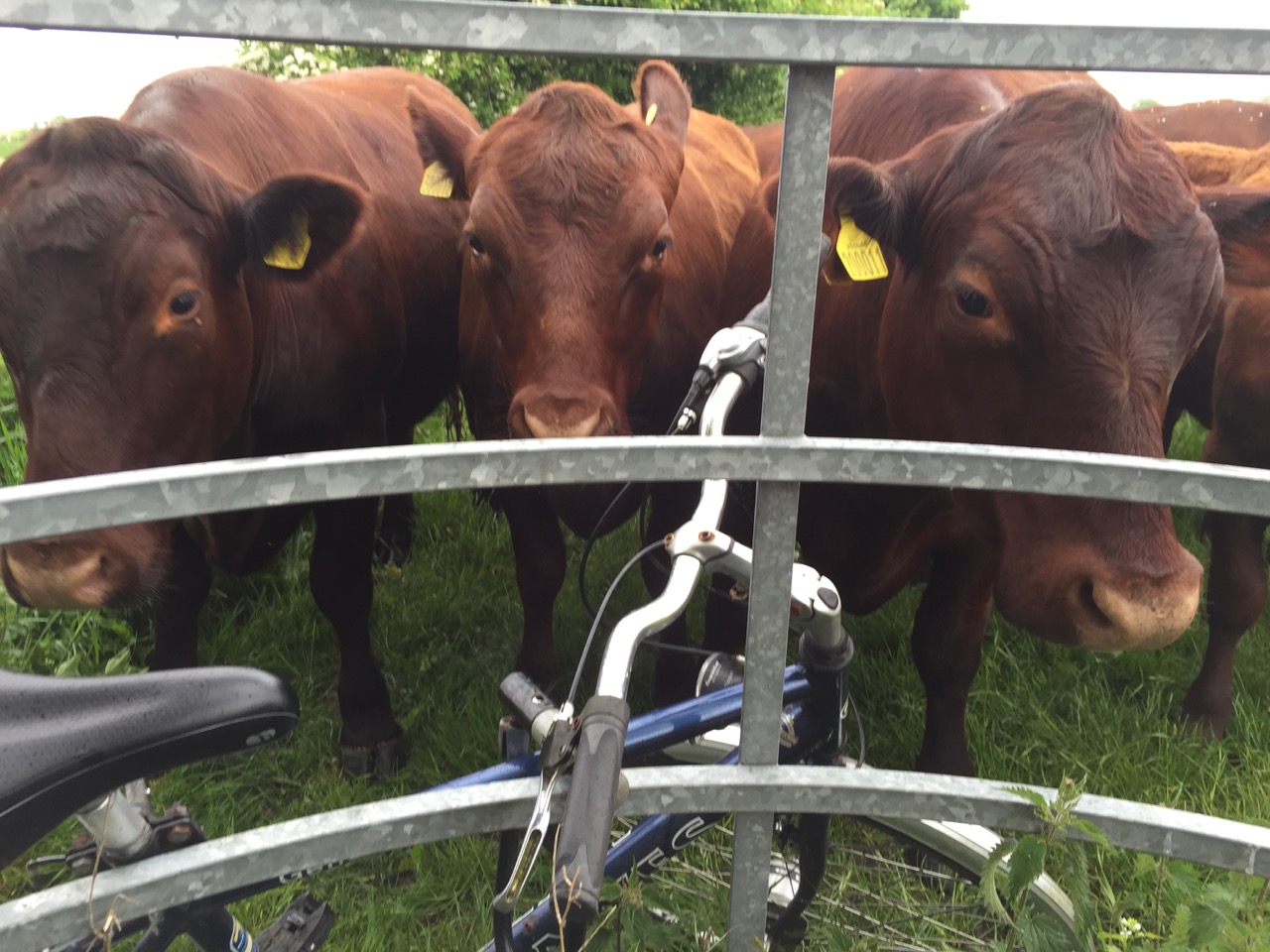
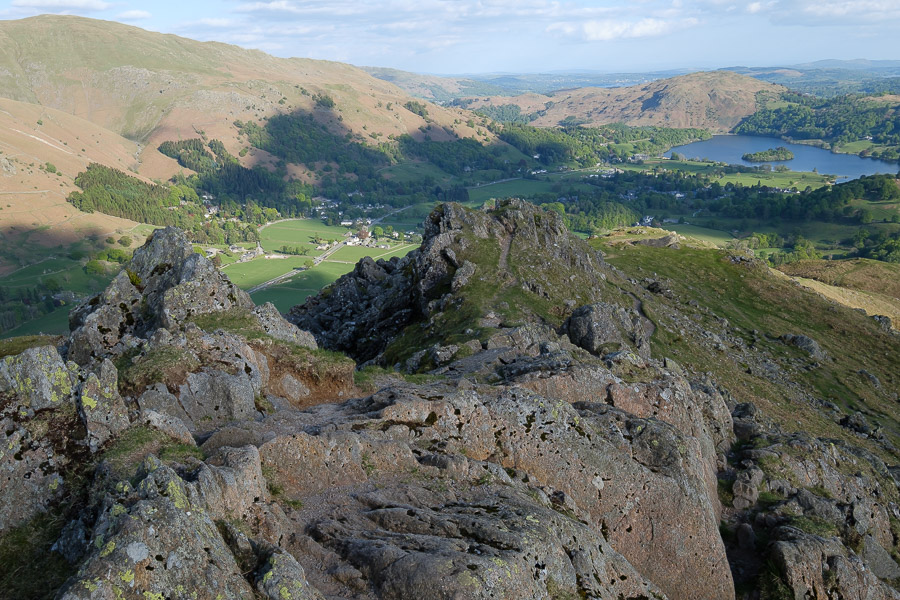
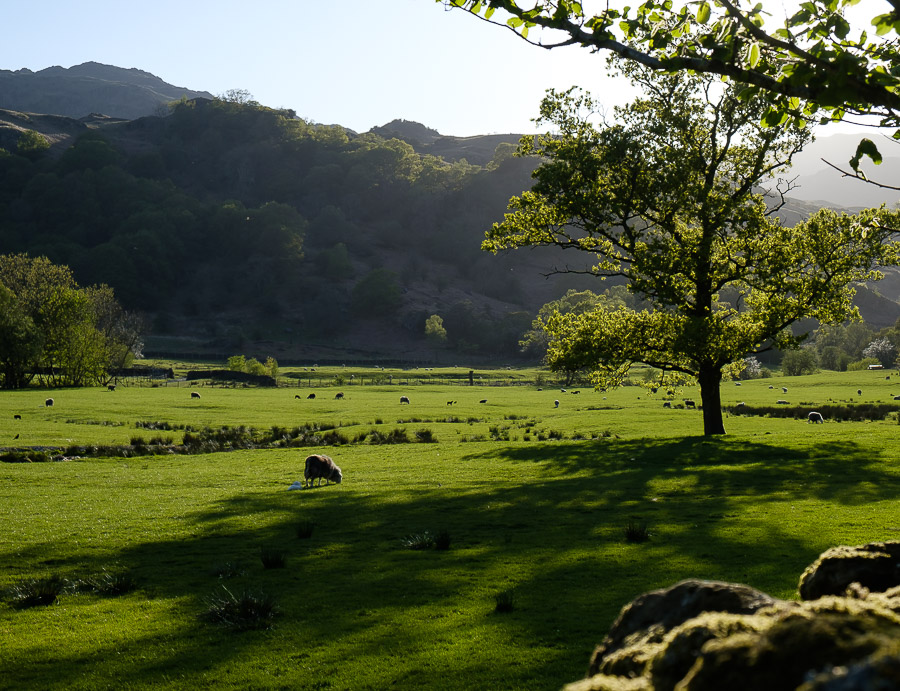
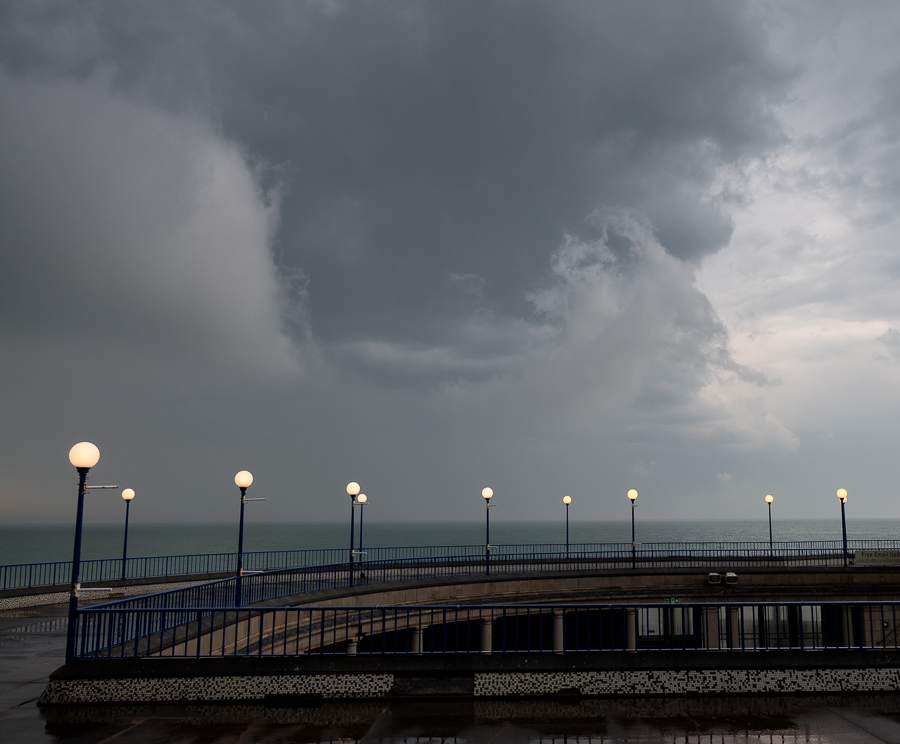
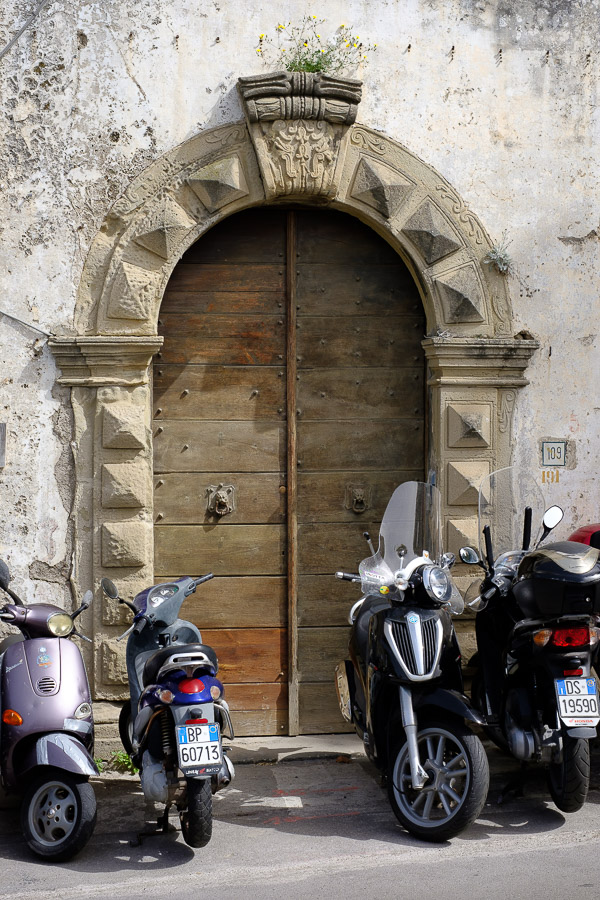
Recent Comments